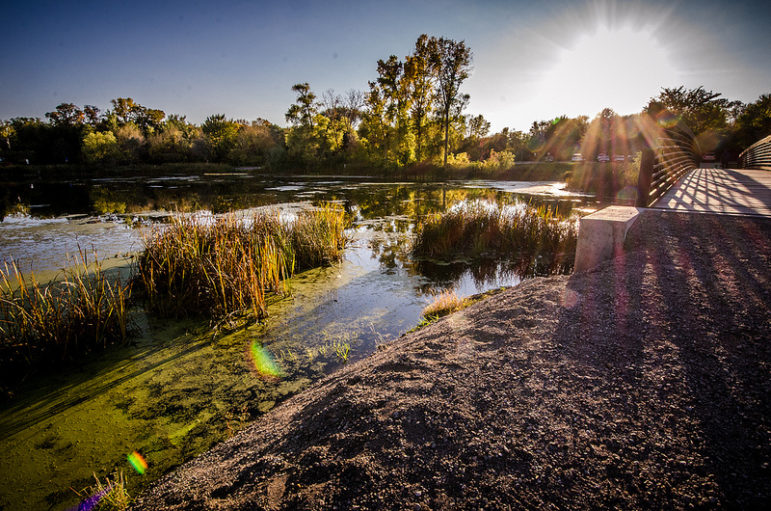
September 29, 2016; The Atlantic
Public parks and recreational areas in urban regions often support activity and healthy living for low-income communities. In the past, these amenities were mostly suburban enhancements, but today’s city leaders realize their importance in encouraging more vital lifestyles for all residents. They can also lead to gentrification driving out the people they were designed to serve.
For three years in a row, Minneapolis has boasted the best parks system in the U.S. as judged by The Trust for Public Land, a forty-four-year-old nonprofit dedicated to protecting and creating public parks throughout the country. The city’s numerous parks are also the center of a bitter dispute with many residents of color, who allege the parks are primarily maintained and presented for the benefit of the metro area’s affluent white residents. As noted in The Atlantic article:
In America, bike trails and baseball fields are luxurious perks of many affluent neighborhoods, boosting property values and creating a sense of community. Meanwhile, in many inner cities, public parks are magnets for crime and casualties of disinvestment.
The battle is most evident at the Minneapolis Parks and Recreation Board’s regular meetings. The semi-autonomous agency, overseen by a nine-member elected commission and superintendent, is responsible for managing the City’s parks. Often, the meetings are disrupted by groups of young African American men carrying signs demanding the agency increase minority hiring and equalize park funding throughout the region. The protest is organized by Voices for Racial Justice and Community and other nonprofits. The park board is all white, while the city is only 66 percent white, compared to 87 percent in 1980. It has a history of funneling substantially more funding to parks in wealthier areas in southwest Minneapolis at the expense of northern areas where most of the city’s low-income minority residents live.
Sign up for our free newsletters
Subscribe to NPQ's newsletters to have our top stories delivered directly to your inbox.
By signing up, you agree to our privacy policy and terms of use, and to receive messages from NPQ and our partners.
The protests led to Minneapolis being the first city-park system to prioritize capital spending to parks in low-income/large-minority communities and those in the worst condition. State leaders are also advocating for expanded funding to increase minority communities’ knowledge of regional parks. Millions of residents visit regional parks annually, but only three percent are minorities.
The disproportionate access of minority communities to parks and recreational areas is a national concern. Earlier this year, the U.S. Secretary of the Interior, Sally Jewell, recognized the country’s history of funding parks in areas where older, white Americans reside and the need to expand access to younger, more diverse residents.
In Chicago, city residents are celebrating the one-year anniversary of the 606 Trail. Eighty thousand residents live within ten minutes of the 2.7-mile trail, which was converted from an abandoned railroad track. Residents use it year-round for recreation as well as traveling to and from work. It has also sped up gentrification in surrounding communities. The real estate industry has marketed homes near the trail nationwide.
Compare the $95 million project to the Major Taylor, a similar project in Chicago’s low-income South Side communities. The Major Taylor trail is over twice as long, but without the lighting, snow removal, and other amenities of the 606 Trail, it has fewer users and property values surrounding the trail have not increased.—Gayle Nelson













